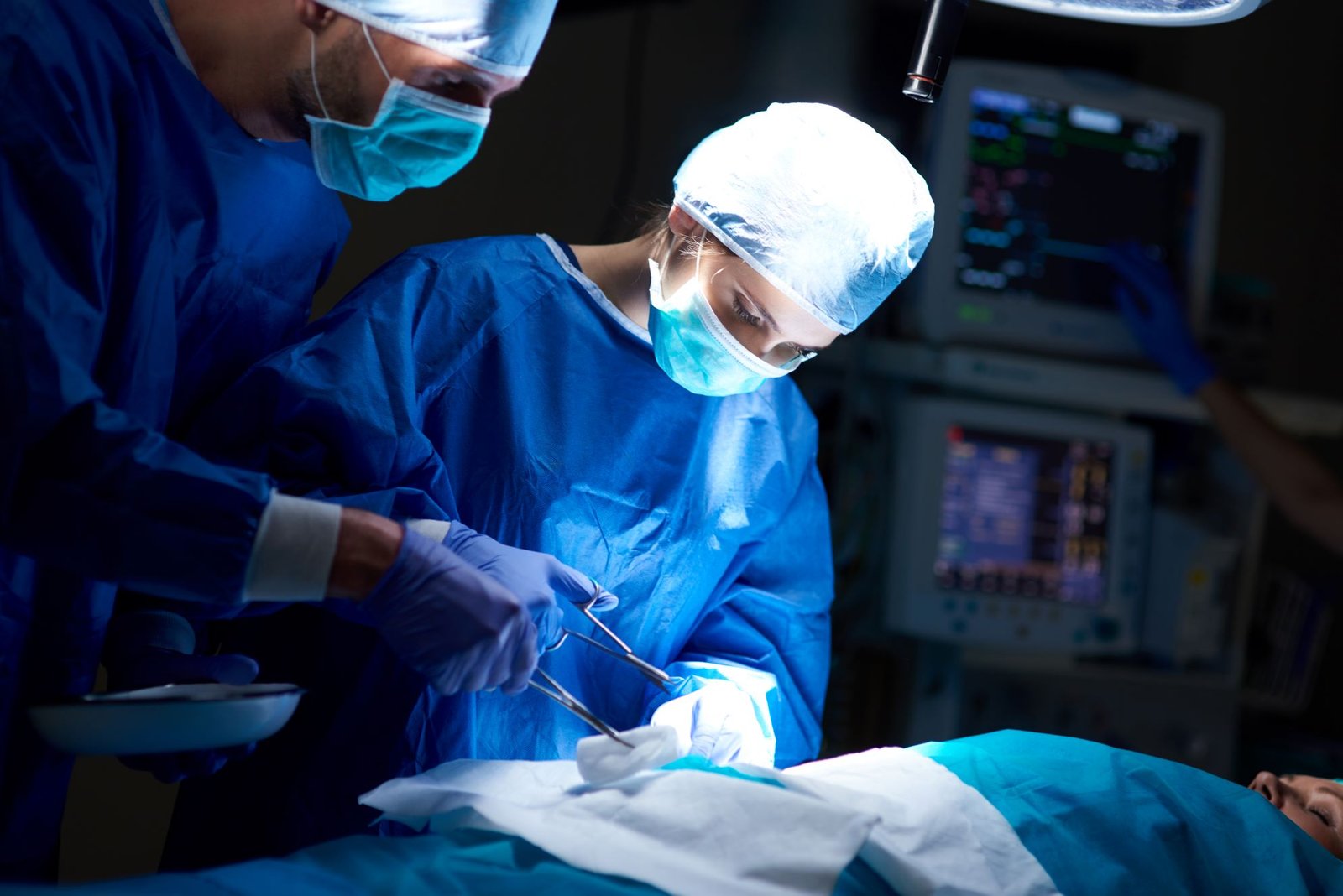-
Welcome To Sattva Hospital
-
Mon - Sat : 10:30 am to 8:30 pm
Welcome To Sattva Hospital
Mon - Sat : 10:30 am to 8:30 pm

Surgical methods have evolved tremendously over time and much newer safer and better surgical methods have arrived which have increased the quality of life for a surgical patient; laparoscopic surgery. Surgical methods have evolved tremendously over time and much newer safer and better surgical methods have arrived which have increased the quality of life for a surgical patient; laparoscopic surgery is one of them. It is also known as minimally invasive surgery. Laparoscopic surgery is performed for the operations of the abdomen with 6 to 12 inch long cuts. That’s why, it’s sometimes called keyhole surgery. As the name suggests this process have a laparoscope, a lean slender shaped tool with tiny video camera and light on the tip. With few millimeters long small incisions, the surgeon inserts different instruments, including the laparoscope.
The abdominal wall, and performs the surgery while visualizing it on a video screen. Laparoscopic surgery is used for many surgeries. It has the advantages of less pain, less cutting of skin and tissue, fewer wound complications, quicker post-operative recovery, and shorter duration of hospital stay. The surgeons can perform laparoscopic procedures in many illnesses today, some of them being
There are several advantages of laparoscopic surgery in comparison to the previous old fashioned surgeries methods.
Some of the risks are as follows :
In many situations nowadays, Laparoscopy has become part of the Diagnostic workup for a definitive diagnosis of the problem. Some of the examples are :
In most of the Best Laparoscopic Appendectomy procedures, the surgeon operates by making 3 small incisions of ½ inches or smaller and inserting Laparoscope, light source and operative instruments through them. The Laparoscope fitted with high resolution medical grade camera, provides enlarged image of internal organs on the monitor. After the surgery, a drain may be placed which is removed later. That’s why it is called as keyhole surgery. Laparoscopic Surgery is performed for the operations of the abdomen with 6 to 12-inch-long cuts. That’s why it’s sometimes called keyhole surgery.